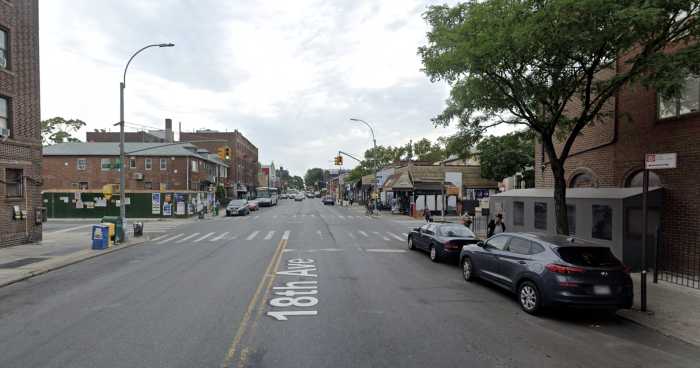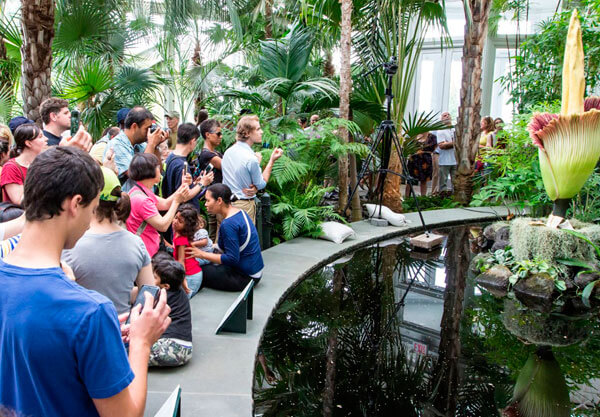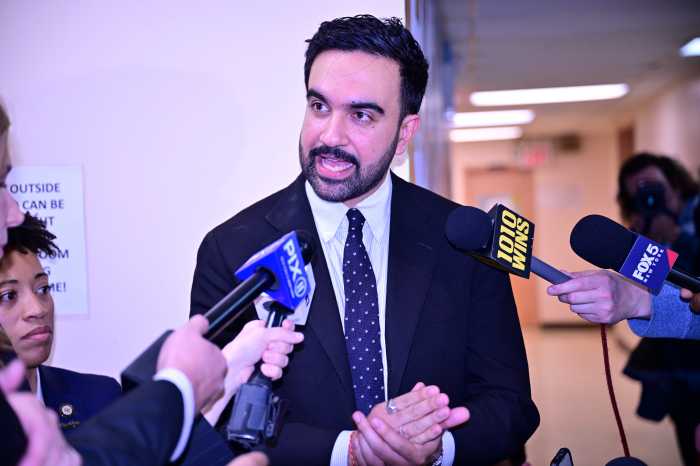A scene from one of the shorts that make up Abbas Kiarostami’s final film, “24 Frames.” | JANUS FILMS
“24 Frames” actually consists of 24 four-and-a-half-minute non-narrative short films made by the late Iranian director Abbas Kiarostami. In 2016, three years into production on the project — created using software with the aid of visual effects supervisor Ali Kamali — Kiarostami passed away and the film was completed in post-production under the direction of his son Ahmad and creative director Sam Javanrouh. It challenges a lot of preconceived notions about Kiarostami.
When he was “discovered” in the West with his 1987 film “Where Is the Friend’s House?” and his 1990 semi-documentary “Close-Up,” he was treated as a re-inventor of neo-realism and constantly compared to Roberto Rossellini and Vittorio de Sica. While Rossellini kept coming up with new challenges for himself, he never would have made a film like “24 Frames.” This is much closer to American avant-garde filmmakers like Ernie Gehr and Ken Jacobs. And while Kiarostami has also been praised for his humanist sensibility, people only appear in two of the 24 “frames,” while birds and mammals are a constant presence in the rest.
“24 Frames” was intended to tie together two passions of Kiarostami’s: film and photography. The movie is based around his still photos, which it animates using CGI. It’s always possible to tell what the base image is, but Kiarostami and his co-workers layered other images and effects on top of them. The Iranian landscape in winter is a favorite subject, and animated snow is a recurring image here. As a filmmaker, he began moving in this direction with his 2003 “Five,” whose signature scene of ducks walking through the frame gets repeated obsessively here. At the time, I thought “Five” was a weak imitation of North American avant-garde films — I suspect it worked better as an installation than when I saw it at MoMA’s theater — but “24 Frames” repeats some of its idees fixes and finally gets them right.
Celebrating love, “24 Frames” hints at new direction late Iranian director had in mind
This film challenges as well the naïve notion that Kiarostami was content to record reality and reproduce it back with little alteration. It’s true that his work had a grounding in documentary — he made six medium-length or feature non-fiction films — but “Close Up” picked up the baton from Shohei Imamura’s “A Man Vanishes” and Orson Welles’ “F For Fake” in constantly making the spectator question the reality of what he or she was seeing. Jean-Luc Godard likened him to the Lumière brothers, who have been partially credited with inventing cinema, along with Georges Mélies; while the latter made fantasies about travel to the moon with the best special effects he could devise at the time, the former filmed workers leaving factories at the end of the day. It may surprise some people that Kiarostami embraced CGI. In quite a few shots here, it’s very obvious that the animals in them never existed outside a computer.
In its creative use of CGI, “24 Frames” builds a bridge from today’s Hollywood blockbusters to video art made on a much smaller budget and shown completely outside the conventional world of cinema. But I must admit that the 24th frame is the one where the film’s meaning finally comes together, 110 minutes in. Animating a couple from an old Hollywood film off a TV set, Kiarostami brings them closer together until they kiss. This celebration of romantic love, heightened by the song playing on the soundtrack expressing the exact same emotion, is something he rarely allowed himself to depict in his narrative films. Afterwards, the TV set shows the words “the end.”
Obviously, this was the end for Kiarostami, too, as a person and artist. It’s the final scene of his final film. Several of his films, such as “The Traveler,” “Through the Olive Trees,” and “Taste of Cherry,” are structured around quests that remain unfulfilled or whose endings are ambiguous. That’s the real-life tale of “24 Frames.” Kiarostami made more than 40 shorts for possible incorporation into this feature, and on his deathbed, he narrowed them down to 30 contenders. his son selected the final 24 after Abbas’ death.
Auteurists will have to interpret this film with the knowledge that some of the key creative decisions about it were made after its director died, obviously outside his control. I’m not one, but I’m very touched by its suggestion of a new direction Kiarostami could have followed. At the same time, “24 Frames” never would have received theatrical distribution in America if it weren’t made by a very well known and revered director of narrative films.
For most directors, ending their lives and careers by singing the praises of love would be a rather banal touch. Given the sense of emotional repression hovering around the edges of Kiarostami’s work, the 24th frame achieves something moving and new in his work. It’s the moment in “24 Frames” where the entire film’s meaning comes together. And that’s the last word, with a diva singing the audience out as the credits roll over the image of the TV set.
24 FRAMES | Directed by Abbas Kiarostami | Janus Films | No dialogue | Opens Feb. 2: Film Society of Lincoln Center, Elinor Bunin Munroe Film Center, 144 W. 65th St. | filmlinc.org














